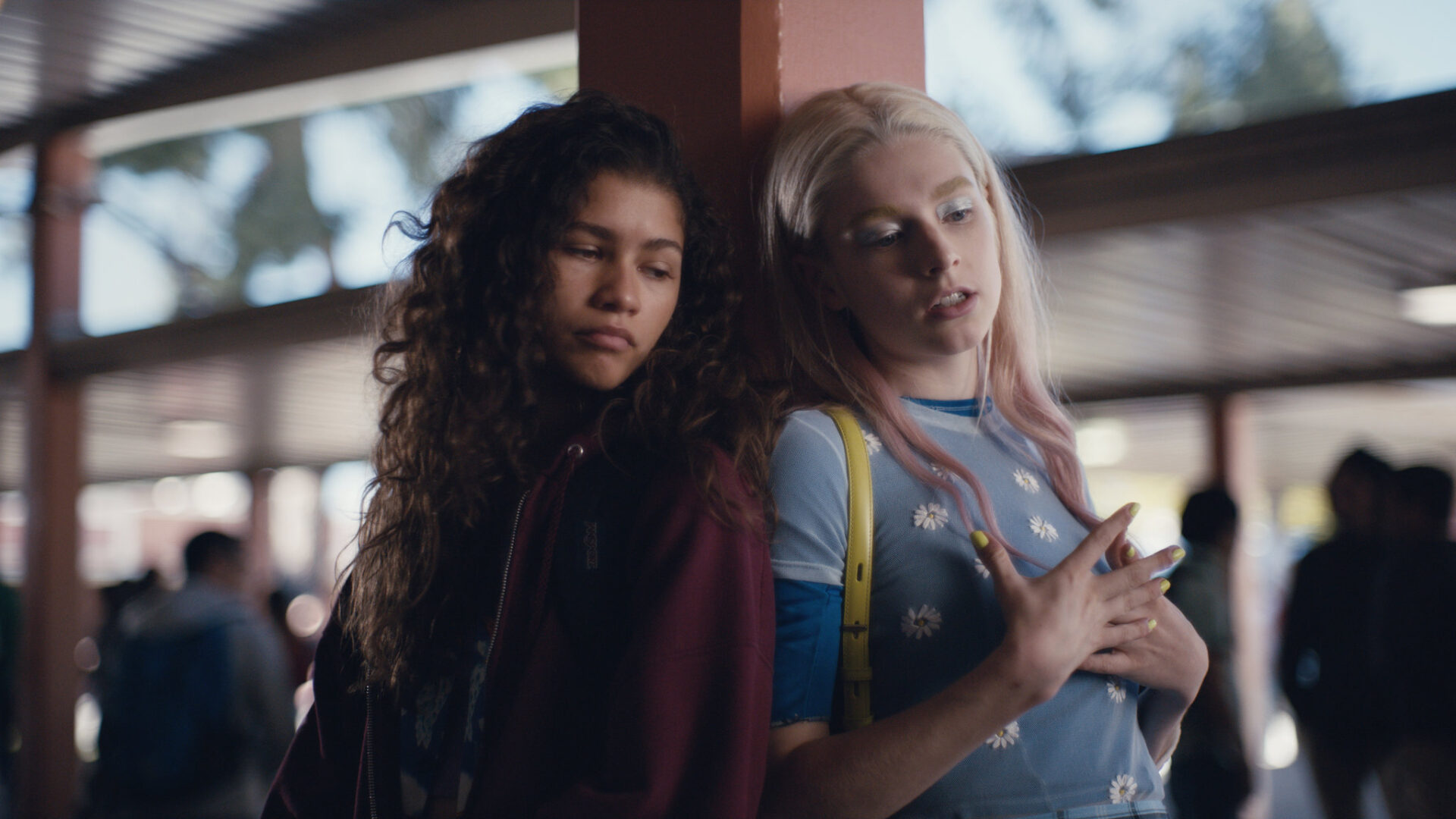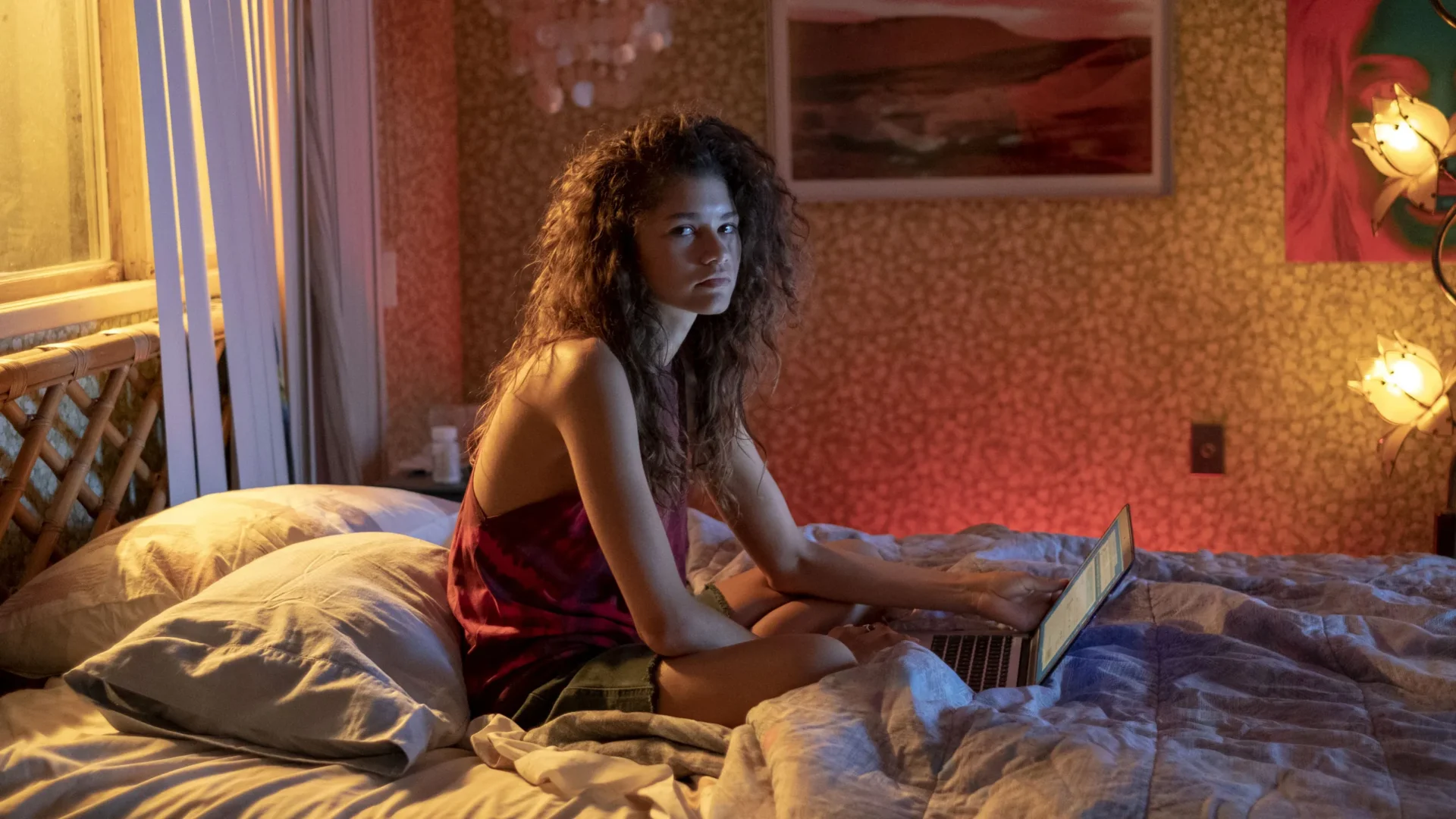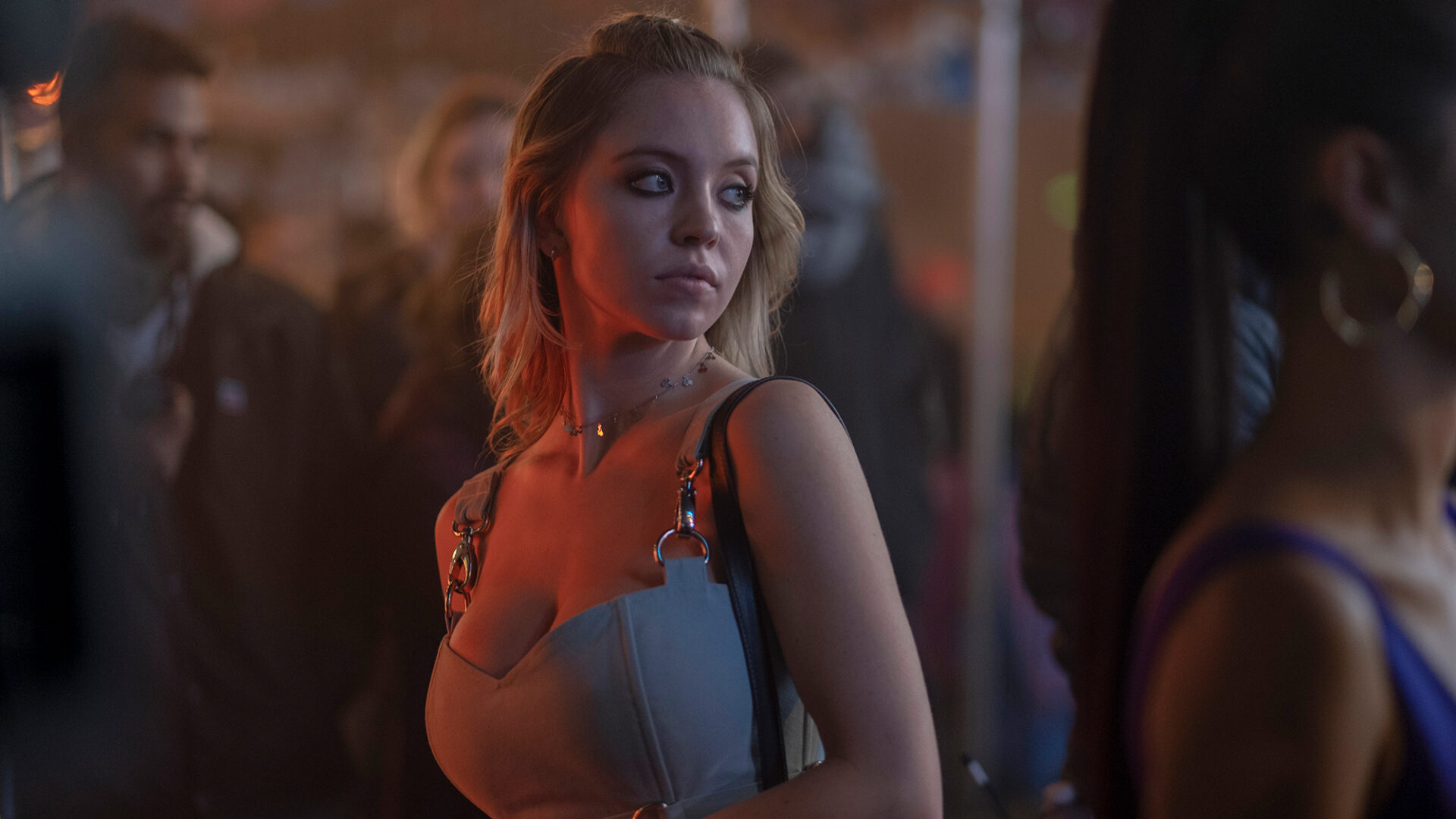
Similar to how shows like Degrassi, Boy Meets World, and Saved By The Bell were realistic depictions of high school during their generation, Euphoria markets itself as a raw, new-age depiction of the Gen Z high school experience.
Euphoria‘s January 2022 premiere for its second season drew approximately 2.4 million viewers, breaking HBO’s streaming records. When I returned to school the day after the season aired, it was a hot topic, not to mention the debates already happening across social media. Much of the chatter was around exactly how realistic the show is and who exactly the target audience is.
For some students, high school can be an experimental time. You may find yourself wondering about sex, succumbing to peer pressure, and having questions it doesn’t seem like anyone is equipped to answer. While this may be tough to swallow for parents, teachers and students alike, Euphoria has made sure to highlight the underbelly of the high school experience.
Here are four topics that Euphoria is tackling with accuracy.
Mental Health
Euphoria dives into the mental health issues that the characters face. Whether it’s depression, anxiety, or low self-esteem, the show brings attention to issues. The show doesn’t just mention it and forget about it though—Euphoria actively shows how each character copes with whatever they’re dealing with.
For example, our main character, Rue, has bipolar disorder, anxiety, and attention deficit hyperactivity disorder (ADHD) and all three tangibly impact her throughout the series. The American College of Obstetrics and Gynecology asserts that anxiety and ADHD most prevalent mental health disorders amongst adolescents are and Euphoria provides a very accurate depiction of what those mental health issues can look like.
Rue is given to extreme lows (depressive episodes) and manic episode, which are both true to the experiences of those who have bipolar. The timing of it being realized that she may have bipolar is accurate as well—the disorder commonly develops during teen years. Also, Addiction Center reveals that 60% of those who are bipolar have abused substances.
Rue’s coping mechanisms are a realistic illustration of how teens today would and are navigating mental illness.

Photo Credit: HBO
Drug Use
As shared, the show follows 17-year-old Rue Bennett (portrayed by Emmy-winning actress Zendaya) who struggles with drug addiction. On January 26, the Drug Abuse Resistance Education (D.A.R.E.) program slammed Euphoria to TMZ, with a representative saying, “Euphoria…chooses to misguidedly glorify and erroneously depict high school student drug use, addiction…and other destructive behaviors as common and widespread in today’s world.”
While teen drug abuse has decreased nearly 30 percent in U.S. high school seniors (with the exception of marijuana), as of 2018, overdoses are steadily increasing. Heroin and the prevalence of the synthetic opioid fentanyl are two of the primary causes. Fentanyl use may not even be intentional, but can be mixed in with other substances, leading to these overdoses, and in some instances, death. Euphoria has made sure to highlight the unfortunate aspects of drug use, with Rue overdosing in the first season.
The show’s portrayal of drug use also ties into real-life mental health. “In the depressive phase, people may turn to alcohol or other substances to help ease depression, sadness, loneliness, and/or associated anxiety,” Dr. Rajy Abulhosn, medical director of drug-testing company Confirm BioSciences, told Bustle. “For those in the manic phase, their hyperactivity may lower inhibitions and impair judgment, leading them to use or abuse substances when they normally wouldn’t.”
Sex & Relationships
As of 2019, teens overall are having less sex than they once did. In the early 1990s, 54 percent of high schoolers said that they had had sexual intercourse before, while that number dropped down to 38.4 percent in 2019. That doesn’t mean sex isn’t happening, though.
“It doesn’t matter where teens live in the U.S., normal adolescent development includes increasing sexual activity and for many, a transition to having sex,” Laura Lindberg, lead author on the study and a principal research scientist with the The Guttmacher Institute, said to HuffPost in late 2020. In the show’s first season, Sydney Sweeney’s Cassie gets pregnant and has to figure out what the rest of her life will look like. She ultimately decides to get an abortion, which is how 24% of U.S. pregnancies in 15-19 year olds end.
“[W]hen people are like “It’s cliche that she gets pregnant,” I’m like, ‘Yeah, but that’s happening out there,’” Sweeney said in a 2019 interview with The Hollywood Reporter. “We definitely saw the raw, emotional side of what goes on and not really the glamorized parts of any of it.”
Euphoria also examines the spectrum of toxic relationships with Nate (Jacob Elordi) and Maddy(Alexa Demie) being the most straightforward, disturbing representation. Nate is abusive and controlling, and Maddy keeps going back to him despite the fact that he’s open about having little to no respect for her. (On average, a woman tries to leave an abusive partner seven times before leaving and not returning.) Maddy even went so far as to frame another man for abusing her because she didn’t want to admit Nate was the perpetrator. However, Euphoria also recognizes that there are different types of toxic relationships, and they use Rue and Jules to represent the other side.
Another of Rue’s addictions is Jules. She’s even gone as far to blame Jules for being the reason she relapsed. While they’re portrayed as a happy couple at times, it doesn’t mean that their relationship is healthy.
As of 2014, one third of all young people will be in an abusive or unhealthy relationship at some point in their young adult lives.
If you, or someone you know, is in an abusive relationship, please call 1.800.799.SAFE (7233).
Fashion and Beauty
Euphoria’s lead costume designer Heidi Bivens uses each character’s clothing to express their personality. No two characters are styled the same and their beauty looks and constant hallway serves are always topics of discussion. Searches for Maddy’s (Alexa Demie) black cutout dress that she wore in season 2, episode 1 even rose 890% once the episode aired, according to WWD.
Now it’s commonplace for schools to have stringent dress codes, and if you don’t follow it, you’ll either be sent home or forced to wander in PE clothes. So, while their school clothing may not be the most accurate, their attire for social events and the like is pretty spot-on. Right now the early 2000s sense of fashion is seeing a huge resurgence—which Euphoria depicts.
Read about the re-emergence of 2000s fashion here.
“The first season, it was my intention to keep it feeling grounded enough that it felt like these characters could really wear the clothes, whereas the second season verges more into fantasy,” Bivens explained during a WWD interview. “I wasn’t intent on keeping all of the brands cheap enough that all of these characters could afford them. I threw that out and just let myself have free reign for whatever and anything that we wanted to put on the screen.”
For example, Rue’s wardrobe reflects her personhood and inclination to mask herself. Oversized hoodies and tees are what consume the majority of her closet. “When she got out of rehab in the first season she was wearing it a lot and it was like a security blanket,” Bivens explained of Zendaya’s character’s wardrobe choices.
On the contrary, the closet of Cassie’s closet consists of ultra-feminine clothing that reflects her immense desire to simply be wanted by the men in her life. Bivens continued to explain the “identity crisis” reflected in Sweeney’s character through her outfit choices, which many audience viewers could relate to during their time in school. “I think that feels safe for her. She feels attractive in that mode,” she explained. “That’s her way of expressing that. Her idea of being loved is that she needs to be attractive.”
Photo Credit: Photograph by Eddy Chen / HBO via The New Yorker

Photo Credit: HBO
While not everyone agrees on how Euphoria handles the sensitive issues, they do resonate with the show’s target audience. This was noted by the creator himself. “I hope [Euphoria] creates a certain dialogue between parents and their kids,” Levinson said during an exclusive IndieWire interview alongside Zendaya. “I don’t think this is a show for people under 17, but…”
“…but if your parent wants to have a conversation about it, that’s good,” Zendaya chimed in.The issues discussed exist in every high school, whether it is my school or one 600 miles away. The nonbinary experience of high school for millennials and Generation Z can be a scary one, but that’s what Euphoria gets right – the need to have hard conversations and the comfort of knowing that we’re not alone.
Photo Credit: HBO Max via ‘Euphoria’